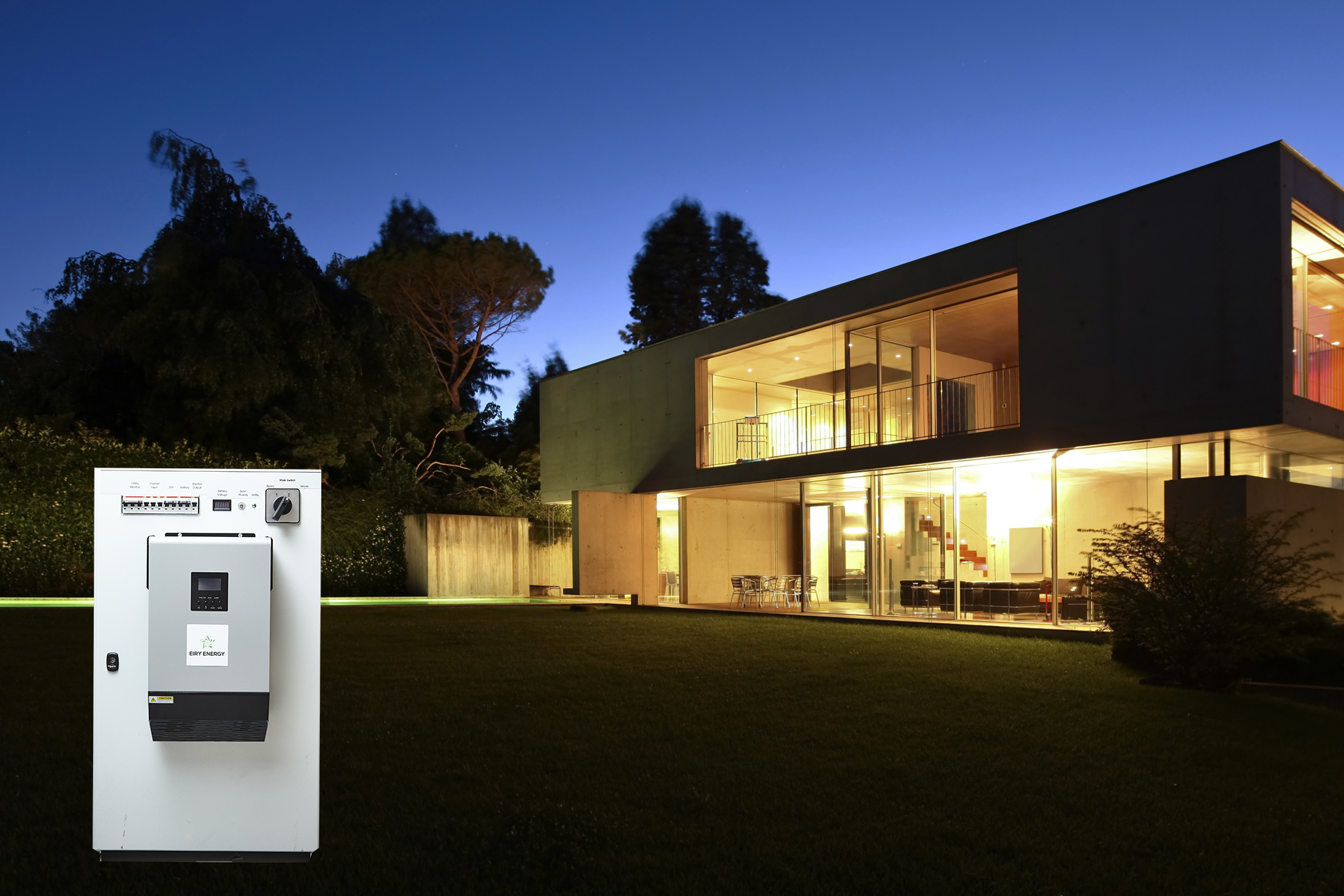What You Need to Know for Affordable, Reliable, and Uninterrupted Electricity
FAQs
With different vendors offering different solutions and prices, it is important that you are sufficiently informed to enable you compare and select the best solution for you.
Considering the costs involved, it is prudent to take a long term view and conduct some brief, robust analysis on the capability, quality, affordability before making your final decision.
A few critical questions are: What is the power delivery of the system? What is the battery capacity of the system and What type of battery technology are you paying for?
What is the power delivery (inverter output), measured in kVA?
This is the maximum amount of power supplied by the system. This indicates the number of devices/appliances that can be powered by the system at any point in time. As expected, a higher kVA means more devices can be powered. So a 7kVA system carries more load than a 5kVA system. As a reasonable guide, an average household which has the following devices:
- - a fridge
- - a freezer
- - two air conditioner units
- - two TVs
- - a few Laptops at the same time
- - an iron
- - a kettle
- - a microwave
- - a water heater
Battery capacity is a very important indicator of the length of time your household devices will be powered before the utility is restored or the Sun shines again in a solar system. The battery capacity is fixed, and the higher the household load placed on the system, the shorter time the batteries would last for.
The key thing to look out for here is to make sure that you have enough battery capacity to power your household for the average number of hours you expect the utility to be gone for OR between sunset and sunrise; otherwise you would have an uncomfortable experience
As an illustration, recent research has shown that most houses in the Lekki area consume approximately 40kWH in 24 hours. Batteries providing 15kWH real capacity, would supply one of these households with 37.5% of their daily needs, lasting for many hours, based on the load used. What is the battery technology, are the batteries lead acid or Lithium-based?Simply put, there are two types of batteries; Lead-acid and ‘LiFePo4’ batteries, which are lithium-based. Both types of batteries do a good job, but there are two significant differences with huge financial impact:
- - Lifespan
- - Real power capacity
Lifespan: Lead-acid batteries have a shorter average life span than Lithium, LiFePo4 batteries. Lead-acid batteries last for approximately 2.5 years before they have to be replaced, compared to LiFePo4 batteries which last for approximately 10 years.
Hence, over a 10 year horizon, the choices would be to buy one (1) single set of Lithium based batteries OR to buy four (4) sets of lead acid batteries over the same horizon. This need to continuously replace the lead acid batteries makes them a lot more expensive in the long termReal power capacity: For context, all battery technologies deliver less than 100% of their nameplate capacity. However the discharge capacity of the two types of batteries is vastly different. Comparing the two you will find a significant difference:
LiFePo4 – A 15kWH rated battery – discharges 13.5kWH = 90% depth of discharge
Lead-acid – A 15kWH rated battery – discharges 7.5kWH = 50% depth of discharge
Thus, to obtain a 13.5kWH usable capacity; one would need to either buy a 15kWH LifePo4 battery Or 30kWH worth of lead-acid batteries. When this inefficiency of the lead-acid batteries is combined with the need for replacement every 2.5-years, it becomes apparent that a lead-acid solution can be quite expensive in the long term.
24/7 electrical energy
A significant increase in the unreliable daily utility power to a 24- hours power supply almost every day of the year.
Economic savingsSavings of around 70% on your current monthly utility expenses by replacing your backup generator with a solar power system for your home, office or SME.
Relief from the stress of operating a generatorYou will eliminate noise, the risk of running out of hazardous fuel which is dangerous to keep in storage and the smelly fumes. Plus, avoiding possible mechanical failure of the generator and its ever-increasing maintenance costs.
WarrantyConfident 36-month unit warranty. PowerPack lithium batteries have a 10 year lifespan
With the range of backup power options available to you, we believe that the Eiry Energy PowerPack is ahead of the competition offering you some significant advantages to consider before making the final decision.
Inverter output with a solid output of 5kVA or 7 kVA.
Battery capacity of 15kWH means that you have sufficient backup to get you through the night until the rising sun provides recharge energy through the solar system or utility power is restored.
Battery technology of the supreme quality. Lithium (LiFePo4) would last for ten years from installation, so you would not have to spend increasing amounts of money to replace batteries.
Unlimited power consumption while using the grid/utility. The PowerPack in a class of its own as the only inverter system providing this feature.
Three-phase power is supplied as through the PowerPack to each phase without exception as a standard feature throughout the range.
Ease of expansion is a key feature allowing you to increase your backup power supply by simply adding one or more PowerPacks to your installation to double or triple your needs as they increase.
The Limited footprint of the PowerPacks because of the compact design saves the need for massive amounts of space in your home or business to accommodate the equipment.
Competitive Pricing coupled with a standard thirty-six (36) month warranty.

